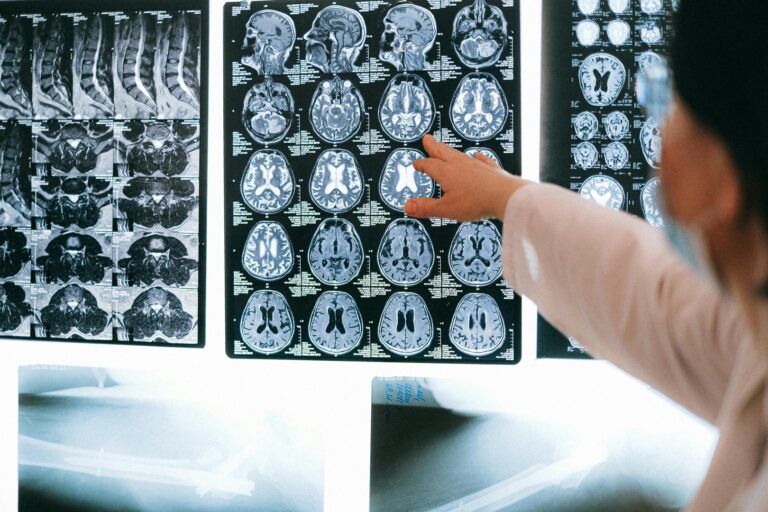Overview
The increased pressure from IIH can lead to permanent damage to the brain and eyesight if left untreated. The term idiopathic is used when there is no detectable reason for increased pressure within the brain. However, as researchers continue to investigate potential causes, the term “idiopathic” may become a term of the past.¹
IIH is most commonly seen in overweight women in their reproductive years, usually in the 3rd and 4th decades of life. In the United States, approximately 19 per 100,000 women in this group are diagnosed with IIH.² With increasing rates of obesity in the US, defined as a body mass index (BMI) of 30 or greater, the number of people affected by this syndrome is projected to increase.
The most common signs and symptoms of IIH are: headaches, dizziness, nausea, vision loss, and double vision.³ Papilledema – swelling of the optic nerve that carries visual signals from the eye to the brain – is a common finding during a visual exam in one with IIH. As swelling of the optic nerve persists, vision worsens and can progress to blindness which can be permanent.
Signs & Symptoms
Other signs and symptoms of IIH may include: radicular pain, sixth nerve palsy, and pulse synchronous tinnitus.³ Radicular pain is hypothesized to be an effect of increased cerebrospinal fluid pressure, compressing nerves in the arms and legs causing the sensation of pins and needles. Sixth nerve palsy is the weakening of the lateral rectus muscle of the eye and can lead to double vision. Pulse synchronous tinnitus is the humming, whooshing, whistling, or marching noise that can be heard in one or both ears that is in sync with their own pulse.
Diagnosis
The diagnosis of IIH requires a detailed neurological history, complete physical, a visual exam (conventionally with an ophthalmologist), lumbar puncture, and imaging studies to diagnose this condition. If signs and symptoms are related to increased pressure within the brain, a lumbar puncture yields normal cerebrospinal fluid results and elevated opening pressure, and imaging studies of the brain do not show an identifiable reason for increased intracranial pressure, then IIH is suspected.



